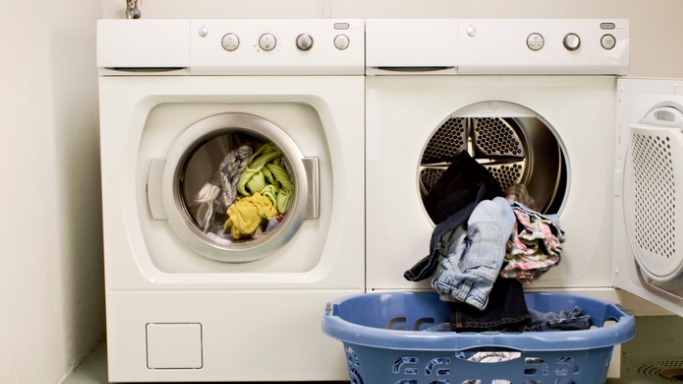This op-ed is part of a series about Forgotten Women—financially insecure women between the ages of 50 and 65—and policy solutions that can offer them hope. Learn more about the Hope Agenda from Independent Women’s Voice here. Originally appeared in RealClearHealth.
From 2022 to 2050, the number of Americans aged 65 and older is estimated to increase by 47%. By 2030, every Baby Boomer will be 65 or older, making up about one in five Americans. At least 50% of these adults will need caregiving.
While more than 37 million people provide unpaid elder care, this care predominantly falls on women (59%), many of whom have to decrease their working hours or quit their jobs entirely to focus on their loved ones. Particularly growing is the “sandwich generation,” around one-quarter of Americans, that cares for two generations, often on top of full-time jobs.
It’s no surprise that these “sandwiched” women are full of financial fear and anxiously, waiting for better policy solutions. New polling from Independent Women’s Voice shows that 89% of women want leaders to offer financial solutions for people who can’t find new work, but can’t yet afford to retire. To offer hope to these women, we must address the looming eldercare crisis of dying broke or dying alone.
Despite this increased demand for elder care, the supply of workers and facilities has not kept up. Since February 2020, the eldercare industry has lost over 14% of caregivers, and over 500 nursing homes shut down during COVID-19. Over half of nursing homes have limited new patients, and many did not adequately protect patients from the pandemic.
Due to increased demand, limited supply, and an increase in regulations, elder care grows more costly with each passing year. Looking at all long-term care options over the last two decades, the median annual cost has increased faster than the rate of inflation.
At the same time, more than two-fifths of Baby Boomers have no retirement savings. Most adults (90%) do not think they could pay the average cost of a nursing home or a paid nurse or aide for one year (83%).
Faced with this reality, the Boomer generation rightly worries about “dying broke” and dying alone. Many rely on Medicaid, which only guarantees coverage of one type of care—nursing home care. The vast majority of older adults (92%) would prefer to receive home-based services, which are often less expensive and improve patient outcomes.
Many family members are happy to provide unpaid elder care, but rising costs and balancing responsibilities make it difficult to do so. Around half of those in the “sandwich generation” struggle to cover basic essentials and have taken on credit card debt in the thousands of dollars.
Over the past few months, I have had a firsthand look at the challenges of elder care through my friend who lives in a New York City nursing home. She is hoping to transition to home-based care, but faces the difficulties of bills, government bureaucracy, and complex government insurance policies.
I am learning the rewarding, yet demanding, role of caregiving—which could easily be a full-time job in and of itself—along with balancing a full-time job and other personal priorities.
To address the financial and accessibility challenges of elder care, like those my friend has faced, policymakers should avoid expensive one-size-fits-all eldercare options.
Instead, we should encourage creative, fiscally sound solutions. Any policy solutions will need to recognize that many families would prefer for their elderly loved ones to stay in their unpaid care at home, rather than use facility-based care. One such success story is Arizona’s “Hospital at Home” program, which deserves imitation nationwide.
Another innovative option is to expand the au pair program to include helping older adults. In exchange for offering au pairs the opportunity to live in their homes and experience American culture, American families receive full-time, affordable, and reliable child care from a foreign au pair. The average monthly cost for an au pair, which includes room and board, other living expenses, and a weekly stipend, is significantly less than the cost of assisted living, home care, and nursing homes.
America could also adopt the model of “dementia villages,” where dementia patients are integrated into their local intergenerational community instead of siloed into nursing homes or assisted living facilities.
These options would bridge ties between older and younger generations and help fight against social isolation and loneliness, which are linked to premature death and risk for dementia, heart disease, and stroke. Isolation especially affects older women.
Encouraging these options will necessarily involve reducing bureaucratic regulations that are not essential to the safety and well-being of seniors.
With more and more Baby Boomers reaching age 65 every year, the need for affordable and innovative eldercare options will only expand. As with child care, education, and workplace choices, a one-size-fits-all eldercare option does not work and is not best for aging Americans. Aging Americans, and the loved ones who manage their care, deserve better, more diverse solutions that offer more security and real hope.
Makenna McCoy is the policy coordinator at Independent Women’s Voice (iwv.org).






